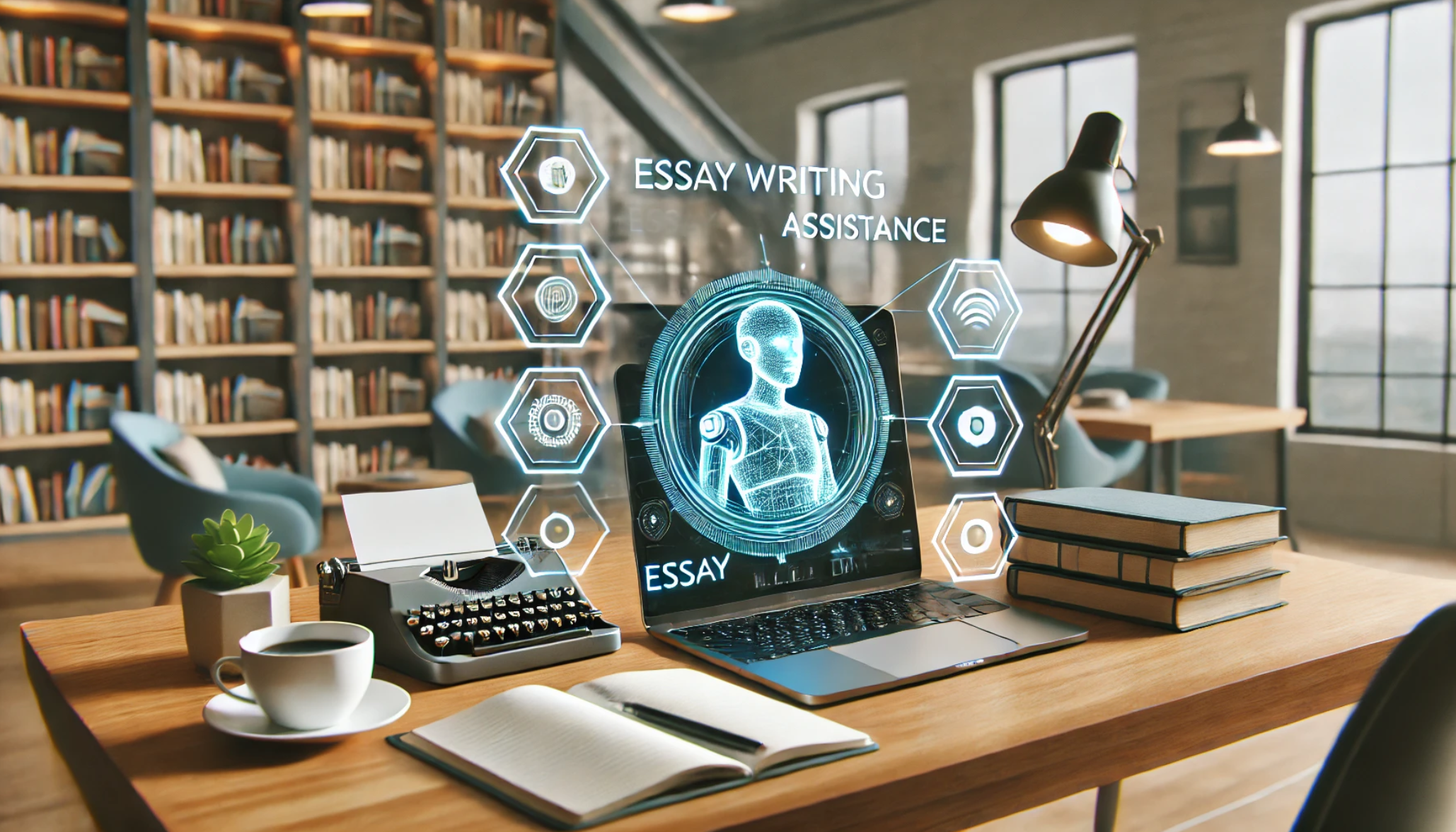After hours of work and research, you submit the paper with the question—will my professor consider your paper original? We know how irritating it is when your effort is scrutinized, and there’s a slim possibility that ‘unintentional plagiarism’ can hide in the gap. Faculty use plagiarism detector to ensure academic integrity, so you should be using one to protect your student’s reputation. Honor Council at Georgetown University notes that plagiarism can take many forms, including direct copying all the way to paraphrasing without citations, so you just need to make sure that your work is original.
Understanding Plagiarism Detector
The first line of defense against accidental copying is the plagiarism detector. These sophisticated tools scan your article against massive databases of academic papers, issued papers, and web literature to come back to maximizing matches and possible plagiarism situations. Plagiarism detection has also changed quite a bit, and these current algorithms could even work with remotely modified text and improper citations. Learning how these tools function helps to keep you on the straight and narrow when it comes to academic integrity and improving your writing habits. Also, using plagiarism detection tools on a regular basis can allow you to identify writing patterns in your work that, when copied unintentionally, may be redundant.
Common Types of Plagiarism
Knowing the various types of plagiarism will help you make more use of plagiarism detection tools. Here are the most frequent types you need to watch out for:
- Direct copying: Taking text verbatim and not citing it
- Mosaic plagiarism: Using multiple sources to create sentences without citing the sources
- Self-plagiarism: Reusing work you previously did without crediting it
- Incorrect paraphrasing: Changing a few words while remaining in the same sentence structure
- Missing citations: Failing to credit sources for ideas or concepts
Best Practices for Using Plagiarism Detectors
To get maximum benefit from a plagiarism detector, it is best used throughout your writing process rather than as a last-minute check. The advanced modern plagiarism detection tools will scan your work against billions of sources. If anything, it will alert you to potential problems before submission. The biggest mistake that many students make is waiting until the last minute to check their work. But if you stick to plagiarism detection during your writing process, you will save from major revisions later. In addition to identifying potential matches, Litero AI’s plagiarism checker also helps you understand how to fix them, so it is a useful tool for maintaining academic integrity.
Tips for Maintaining Original Content
So, what we need to do is develop our research and writing habits. Whenever you mention information from external sources, it should be documented immediately in a reference list. It prevents you from accidentally plagiarizing, while it also eases the process of citation. Having your work run through a plagiarism detector on a regular basis will often help catch them early on in the writing process. Perhaps even more interestingly, tools like Litero AI’s writing assistant can assist you with your unique voice while at the same time sticking to academic standards.
The Role of Technology in Academic Integrity
Simple text matching no longer constitutes modern plagiarism detection. Today’s tools combine artificial intelligence to understand context and writing style, making them much more accurate than ever before. A good plagiarism detector doesn’t just find other passages that look like you might have plagiarized. It also explains why some might be problematic. With Litero AI’s plagiarism checker, you can quickly identify and receive advice for fixing your work to be original and cited.
FAQ
Q: How often should I check my work for plagiarism?
A: It’s best to check your work regularly as you write along the way rather than just once at the end. If you have to write something, Litero AI’s writing assistant can help you stay original.
Q: What percentage of similarity is acceptable in academic writing?
A: Varying by institution, acceptable percentages are generally below 15% except for properly cited quotes.
Q: Can plagiarism detection tools identify paraphrased content?
A: Of course, tools such as Litero AI’s plagiarism checker can identify not only direct copies but also paraphrased content.
Conclusion
The proper use of a plagiarism detector is essential. It allows you to write higher quality work ensuring that your integrity and originality are not compromised. Nevertheless, avoiding plagiarism should not be the only objective in order to produce outstanding academic pieces. Employing Litero AI’s complete array of writing and checking solutions will allow you to confidently submit original pieces that adhere to the highest academic standards. It will demonstrate a strong comprehension of the material you have studied. Also, it will enable you to express your ideas with greater clarity and confidence. Finally, you will contribute to your field positively while ensuring that academic integrity is maintained.

